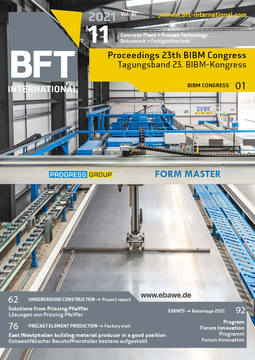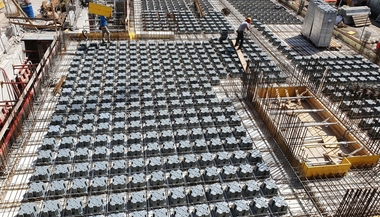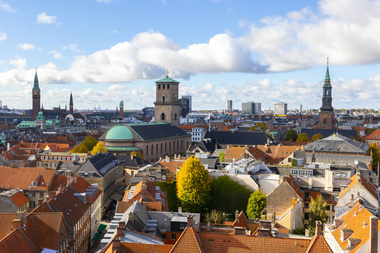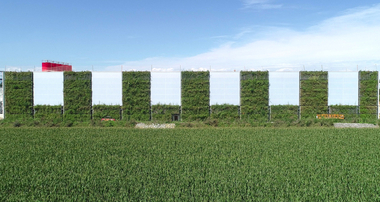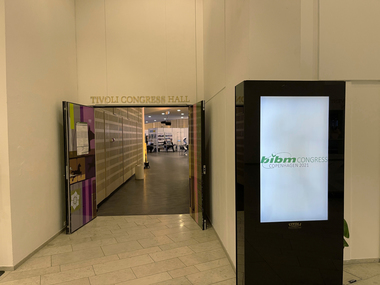Copenhagen as Eco-Metropole
Copenhagen has experienced tremendous change in the last decades, as it went from almost bankrupt to “the most livable city in the world” and a true “eco-metropole”. With a focus on multi-disciplinary design and a people-centered approach, Copenhagen has explored new ways of city-making that offer a learning ground for cities around the world. The success criteria for obtaining these labels are due to a range of factors, which will be presented in this lecture and supported by case studies.
The eco-metropole Copenhagen is part of a larger context. The start of the lecture therefore focuses on the establishment of the Øresund region and the bridge connecting Copenhagen to Malmö in Sweden. The Øresund region, and the district of Ørestad as the absolute center, forms a hinge in Northern Europe. It formed the location of the United Nations Climate Change conference in 2009, one of the most important COPs of the last decades. The key outcome of it: aspiring to limit global temperature increase to 2 degrees Celsius. Copenhagen inspires here through its ambition to become a carbon-neutral community by 2025, which is based on sustainable, renewable energy.
Copenhagen will reach its goal through approaches on very diverse scales, according to four pillars: energy consumption, energy production, mobility and city administration initiatives. Most well-known is the case of mobility and the importance of biking in the city. The green mobility network is key for the establishment of a green and blue city, where ninety percent of the inhabitants will be able to walk to a park or blue public space in less than 15 minutes. And the sustainable livability in the eco-metropole reaches further than that, with a focus on reduction of pollution – from noise as well as cars -, on an increase of organic food and so on.
The case studies throughout the lecture focus on two recent developments in the city: Ørestad and Nordhavn. Ørestad is primarily established as an international business district, which has excellent opportunities for living, learning as well as enjoying culture and nature. The district is renowned for its room for experiment, offering architects the opportunity to realize bold projects with innovative concepts. A strong frame of water elements along the Metro line and green realize the blue-green structure for all other functions. Nordhavn is being developed into a sustainable neighbourhood of the future, in order to support Copenhagen’s aim of becoming CO2-neutral in 2025. The “5 minute city” provides public transport within walking distance and a superbicyclelane to the adjacent neighbourhoods. With experimental wastemanagement, housing and new forms of public space, this district is a breeding ground for new sustainable initiatives. As the housing needs keep growing in the eco-metropole, the lecture ends by presenting the future visions for Copenhagen, which goes hand in hand with solving the climate change related challenges of the city.


